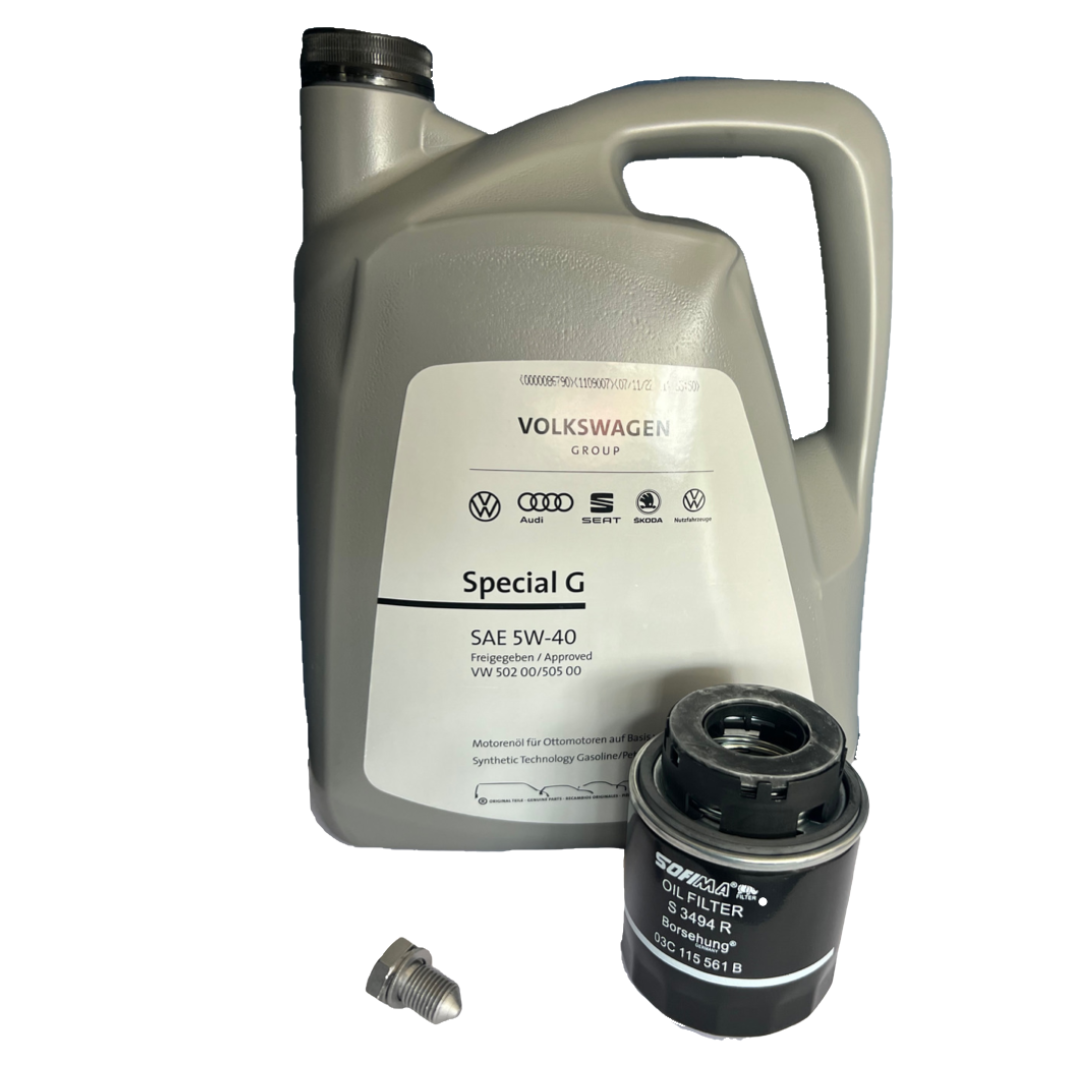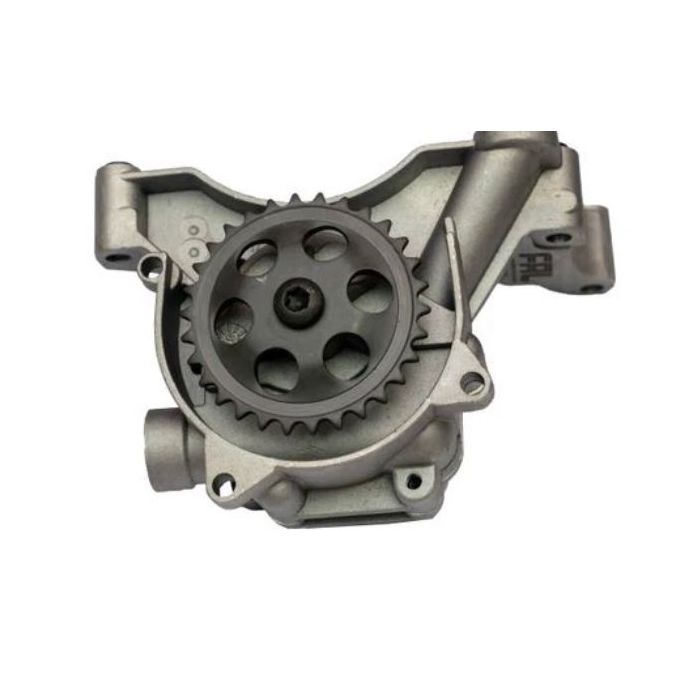Get a powerful clp engine for demanding tasks.
Get a powerful clp engine for demanding tasks.
Blog Article
How a Clp Engine Can Boost Performance in Various Industries
The advent of CLP engines notes a considerable change in operational performance throughout various industries, driven by their capability to maximize gas consumption and minimize downtime. As organizations progressively focus on sustainability along with performance, the role of CLP engines becomes even much more important.
Summary of CLP Engines
CLP engines, or Constant Liquid Propellant engines, stand for a substantial improvement in propulsion innovation, especially for space applications. These engines make use of a continual feed system that permits the sustained expulsion of propellant, bring about boosted effectiveness and performance contrasted to standard solid or hybrid propulsion systems. By keeping a consistent flow of fluid propellant, CLP engines can accomplish much more specific drive control, which is essential for maneuvering spacecraft in numerous mission circumstances.
The style of CLP engines integrates sophisticated materials and cutting-edge fuel monitoring systems. clp engine. This results in minimized weight and increased integrity, vital factors for long-duration area missions. In addition, the continuous operation reduces the danger of combustion instability, an usual difficulty in standard rocket engines.

Advantages in Production
The manufacturing of Constant Liquid Propellant (CLP) engines presents numerous remarkable benefits that improve both effectiveness and cost-effectiveness. One of the primary benefits is the structured manufacturing process, which decreases the complexity related to typical propulsion systems. By making use of fluid propellant, producers can achieve greater accuracy in engine performance, resulting in enhanced energy result and minimized waste.
Furthermore, CLP engines facilitate a greater degree of modularity, allowing for easier assimilation right into various production lines. This flexibility can substantially reduce lead times and boost general operational adaptability. Using CLP innovation also often tends to lessen the need for extensive upkeep because of fewer relocating parts, which converts right into reduced downtime and functional costs.

Applications in Logistics
Leveraging Constant Liquid Propellant (CLP) engines in logistics uses considerable benefits in functional effectiveness and integrity. These engines give a durable remedy for numerous transport demands, making it possible for the smooth motion of products across large ranges. The integral layout of CLP engines permits for constant power outcome, which equates into smoother and read this article more predictable transport routines.
One of the essential applications of CLP engines in logistics remains in durable products transport, where they can drive both ground and aerial cars. Their capacity to maintain high efficiency under differing load conditions makes sure that shipment timelines are satisfied, thus enhancing consumer fulfillment. Furthermore, CLP engines can other be integrated right into automated logistics systems, assisting in real-time tracking and optimizing course planning.
Moreover, the durability of CLP engines lowers maintenance downtime, allowing logistics business to maximize their functional abilities. This is specifically helpful in warehousing procedures, where effectiveness in managing and moving items is crucial. As logistics proceeds to progress, the assimilation of CLP engines represents a forward-thinking technique that not only enhances efficiency but also supports the market's expanding needs for reliability and rate.
Influence On Energy Performance
Exactly How do Continual Liquid Propellant (CLP) engines improve power performance in transportation? CLP engines make use of a consistent flow of fluid fuel, enhancing burning processes and preserving a secure drive output. This style decreases energy losses related to typical combustion engines, where fuel distribution can differ and result in ineffectiveness.
The continual operation of CLP engines allows for a much more reliable thermal cycle, resulting in higher particular impulse contrasted to standard engines. clp engine. This converts to decreased fuel usage for the very same quantity of job done, significantly reducing operational expenses throughout different transport fields, consisting of aviation and maritime industries
Furthermore, the capability of CLP engines to preserve ideal performance under varying tons conditions decreases the requirement for regular acceleration and deceleration, even more improving fuel effectiveness. Enhanced energy effectiveness not only contributes to cost savings but also leads to lower greenhouse gas emissions, aligning with international sustainability objectives.
Future Trends and Innovations
Arising improvements in Constant Liquid Propellant (CLP) engine innovation guarantee to transform the landscape of transportation efficiency and sustainability. As industries pivot towards greener choices, CLP engines stand at This Site the leading edge, integrating innovative products and style approaches that enhance efficiency while decreasing ecological impact.
One of one of the most appealing trends is the fostering of hybrid systems that incorporate CLP engines with eco-friendly energy sources. This harmony can enhance gas usage and decrease emissions, straightening with worldwide sustainability objectives. Furthermore, improvements in computational liquid dynamics (CFD) are promoting the design of even more aerodynamically reliable engines, bring about lowered drag and improved fuel effectiveness.
In addition, the development of smart monitoring systems is established to improve functional effectiveness. These systems leverage information analytics and IoT technology to maximize engine efficiency in real-time, making sure that the engines run within their most reliable specifications.
As research study proceeds to discover alternate propellant formulas-- such as biofuels and synthetic gas-- the future of CLP engines looks promising. By harnessing these technologies, sectors can not just enhance their performance however likewise contribute considerably to a cleaner, more lasting future in transport.
Conclusion
In final thought, CLP engines represent a considerable improvement in performance across multiple sectors. The assimilation of advanced materials and fewer relocating parts lessens maintenance needs, while positioning with sustainability objectives settings CLP engines as a critical innovation for the future.
Report this page